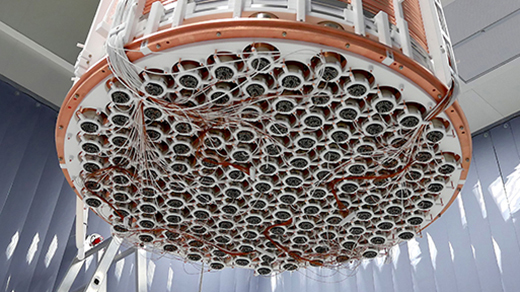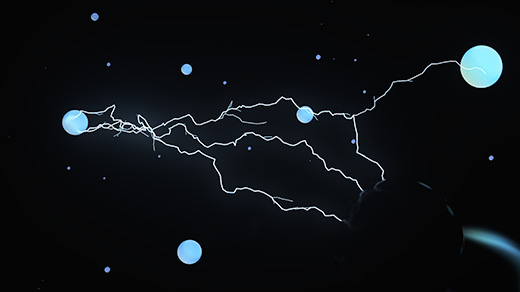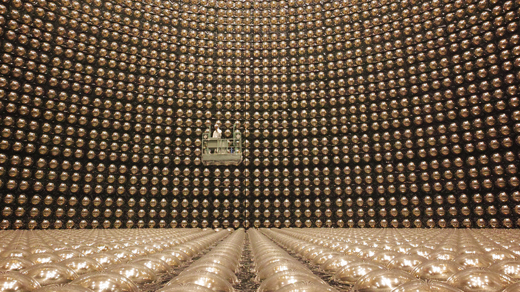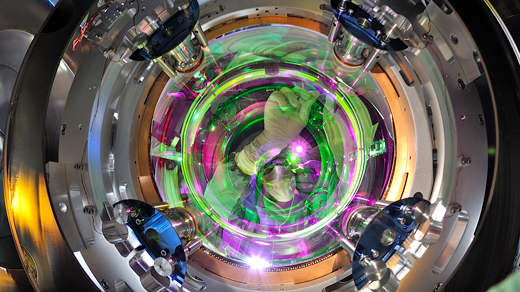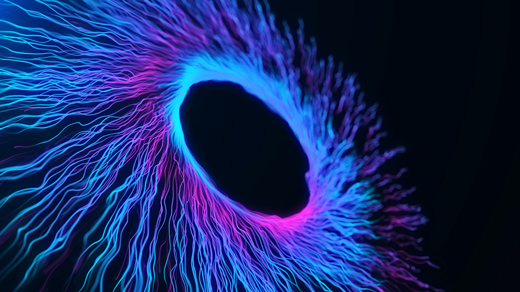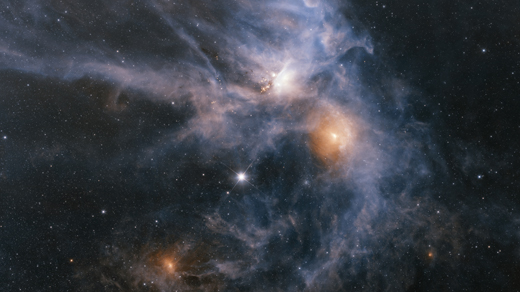Latest Articles
Dark Matter Experiment Finds Unexplained Signal
Researchers say there are three possible explanations for the anomalous data. One is mundane. Two would revolutionize physics.
Why Gravity Is Not Like the Other Forces
We asked four physicists why gravity stands out among the forces of nature. We got four different answers.
Black Hole Paradoxes Reveal a Fundamental Link Between Energy and Order
By chewing on the problems posed by “extremal” black holes, physicists have exposed a surprising and universal connection between energy and entropy.
Neutrino Asymmetry Passes Critical Threshold
The first official evidence of a key imbalance between neutrinos and antineutrinos provides one of the best clues for why the universe contains something rather than nothing.
Does Time Really Flow? New Clues Come From a Century-Old Approach to Math.
The laws of physics imply that the passage of time is an illusion. To avoid this conclusion, we might have to rethink the reality of infinitely precise numbers.
To Make the Perfect Mirror, Physicists Confront the Mystery of Glass
Sometimes a mirror that reflects 99.9999% of light isn’t good enough.
Axions Would Solve Another Major Problem in Physics
In a new paper, physicists argue that hypothetical particles called axions could explain why the universe isn’t empty.
Ideal Glass Would Explain Why Glass Exists at All
Glass is anything that’s rigid like a crystal, yet made of disordered molecules like a liquid. To understand why it exists, researchers are attempting to create the perfect, still-hypothetical “ideal glass.”
New Wrinkle Added to Cosmology’s Hubble Crisis
A problem confronts cosmology: Two independent measurements of the universe’s expansion give incompatible answers. Now a third method, advanced by an astronomy pioneer, appears to bridge the divide.

